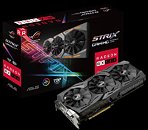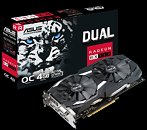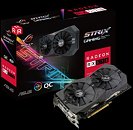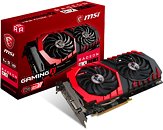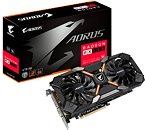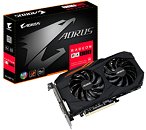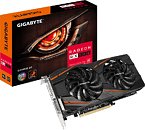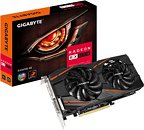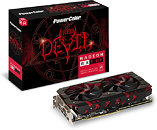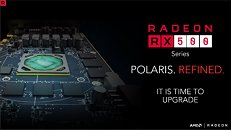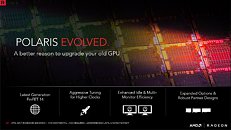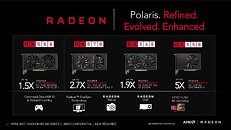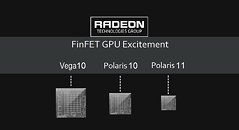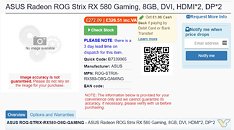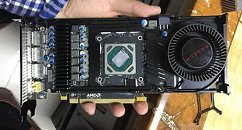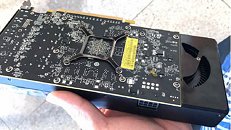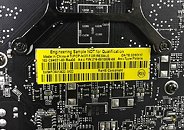
ASUS Announces its Radeon RX 580 and RX 570 STRIX and Dual-X Graphics Cards
ASUS is excited to launch the RX 500 Series, an all-new line-up of gaming graphics cards powered by the latest AMD Radeon RX 580 and RX 570 GPUs. These new graphics cards are capable of delivering HD+ resolution gaming with ultra-settings, bringing new levels of performance to the market at an affordable cost. The ROG Strix RX 580 and Strix RX 570 are engineered with advanced cooling and reliability features to deliver superb gaming performance, plus Aura Sync illumination for the best in PC personalization.
The new models include the high-performance ROG Strix RX 580 series with higher clock speeds, MaxContact cooling, and FanConnect II technologies along with Aura Sync illumination for building a personalized high-performance gaming PC. The ASUS Dual RX 580 Series provides "sweet spot" graphics performance that is ideal for both VR and eSports gaming. Both RX 580 series cards feature 0dB wing-blade fans that spin down completely when the cards are idling or under lighter loads for blissful silence when you're surfing the web, watching movies, and even playing less-demanding games. You also get dual HDMI 2.0 ports, which is perfect for connecting a VR headset and monitor simultaneously.
The new models include the high-performance ROG Strix RX 580 series with higher clock speeds, MaxContact cooling, and FanConnect II technologies along with Aura Sync illumination for building a personalized high-performance gaming PC. The ASUS Dual RX 580 Series provides "sweet spot" graphics performance that is ideal for both VR and eSports gaming. Both RX 580 series cards feature 0dB wing-blade fans that spin down completely when the cards are idling or under lighter loads for blissful silence when you're surfing the web, watching movies, and even playing less-demanding games. You also get dual HDMI 2.0 ports, which is perfect for connecting a VR headset and monitor simultaneously.
